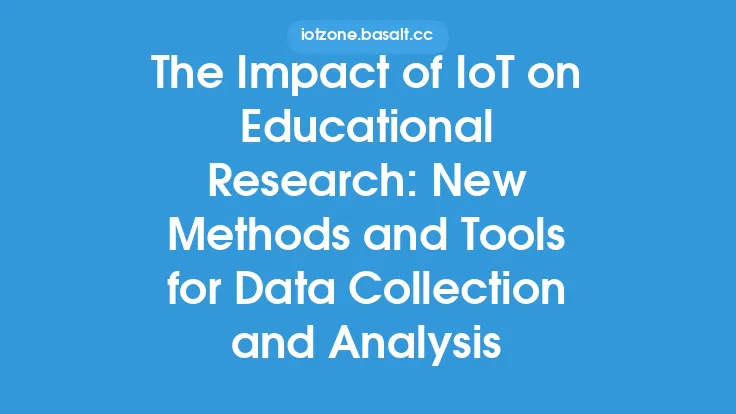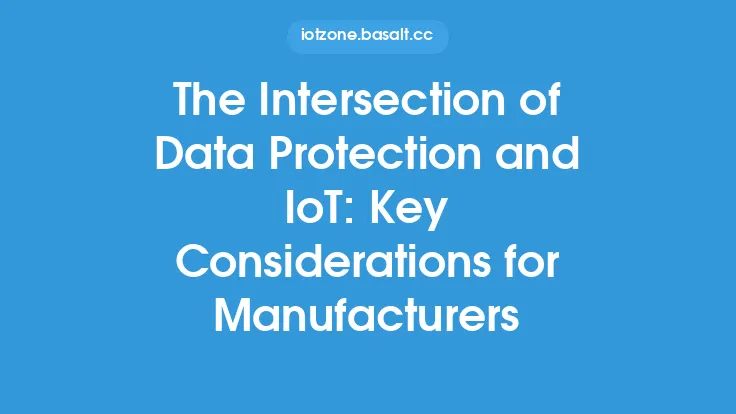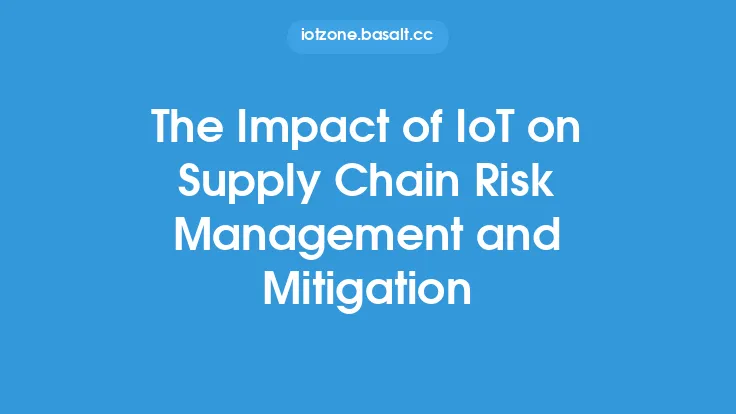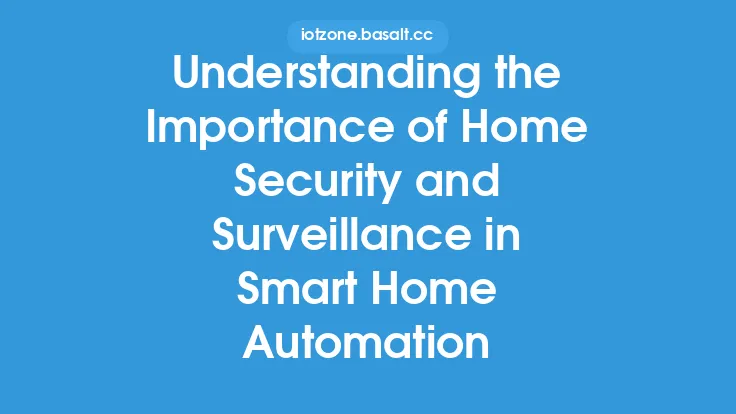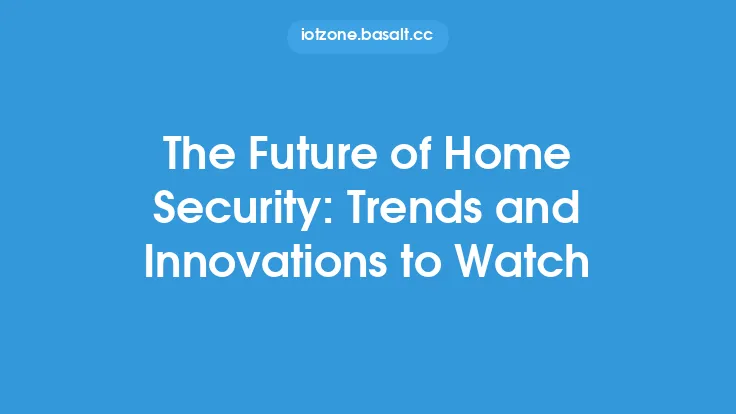The increasing use of Internet of Things (IoT) devices has led to a significant rise in the amount of data being generated, collected, and processed. This data can be highly sensitive and personal, making it a prime target for cyber threats and data breaches. As a result, data protection has become a critical concern in the IoT ecosystem. One aspect of data protection that has gained significant attention in recent years is data localization. In this article, we will delve into the concept of data localization, its impact on IoT, and the various factors that influence data protection in the context of IoT.
Introduction to Data Localization
Data localization refers to the practice of storing and processing data within a specific geographic region or country. This can be due to various reasons, including regulatory requirements, data sovereignty, and latency considerations. In the context of IoT, data localization is crucial as it ensures that sensitive data generated by IoT devices is stored and processed within the country or region where it is generated, reducing the risk of data breaches and unauthorized access.
Impact of Data Localization on IoT
The impact of data localization on IoT is multifaceted. On one hand, it provides an additional layer of security and protection for sensitive data, reducing the risk of data breaches and cyber threats. On the other hand, it can also create complexity and challenges for IoT device manufacturers and service providers. For instance, data localization requirements can lead to increased costs and infrastructure investments, as companies may need to establish local data centers and servers to comply with regulations. Additionally, data localization can also limit the ability to leverage cloud-based services and analytics, which can hinder the development of IoT applications and services.
Technical Considerations for Data Localization
From a technical perspective, data localization requires careful consideration of various factors, including data storage, processing, and transmission. IoT devices generate vast amounts of data, which must be stored and processed in a secure and efficient manner. This can be achieved through the use of edge computing, where data is processed at the edge of the network, reducing the need for data to be transmitted to the cloud or centralized servers. Additionally, data encryption and secure transmission protocols, such as TLS and SSL, can be used to protect data in transit.
Regulatory Frameworks and Data Localization
Regulatory frameworks play a critical role in shaping data localization requirements. Various countries and regions have established regulations and laws that govern data protection and localization. For instance, the European Union's General Data Protection Regulation (GDPR) requires that personal data be stored and processed within the EU, unless certain conditions are met. Similarly, the Chinese government has introduced regulations that require data generated by critical information infrastructure to be stored within the country. IoT device manufacturers and service providers must comply with these regulations, which can be challenging and complex.
Data Sovereignty and IoT
Data sovereignty is another critical aspect of data localization. It refers to the concept that data is subject to the laws and regulations of the country or region where it is generated. In the context of IoT, data sovereignty is essential, as it ensures that sensitive data is protected and governed by local laws and regulations. However, data sovereignty can also create challenges, particularly in cases where data is generated by IoT devices that operate across multiple countries or regions.
Best Practices for Implementing Data Localization in IoT
Implementing data localization in IoT requires careful planning and consideration of various factors. Some best practices include:
- Conducting thorough risk assessments to identify potential data breaches and cyber threats
- Implementing robust data encryption and secure transmission protocols
- Using edge computing and local data storage to reduce the need for data transmission
- Ensuring compliance with regulatory frameworks and laws
- Establishing clear data governance policies and procedures
Conclusion
In conclusion, data localization is a critical aspect of data protection in the IoT ecosystem. It provides an additional layer of security and protection for sensitive data, reducing the risk of data breaches and cyber threats. However, it also creates complexity and challenges for IoT device manufacturers and service providers. By understanding the technical, regulatory, and data sovereignty considerations, companies can implement effective data localization strategies that balance security, compliance, and business requirements. As the IoT ecosystem continues to evolve, data localization will play an increasingly important role in ensuring the security and integrity of sensitive data.
